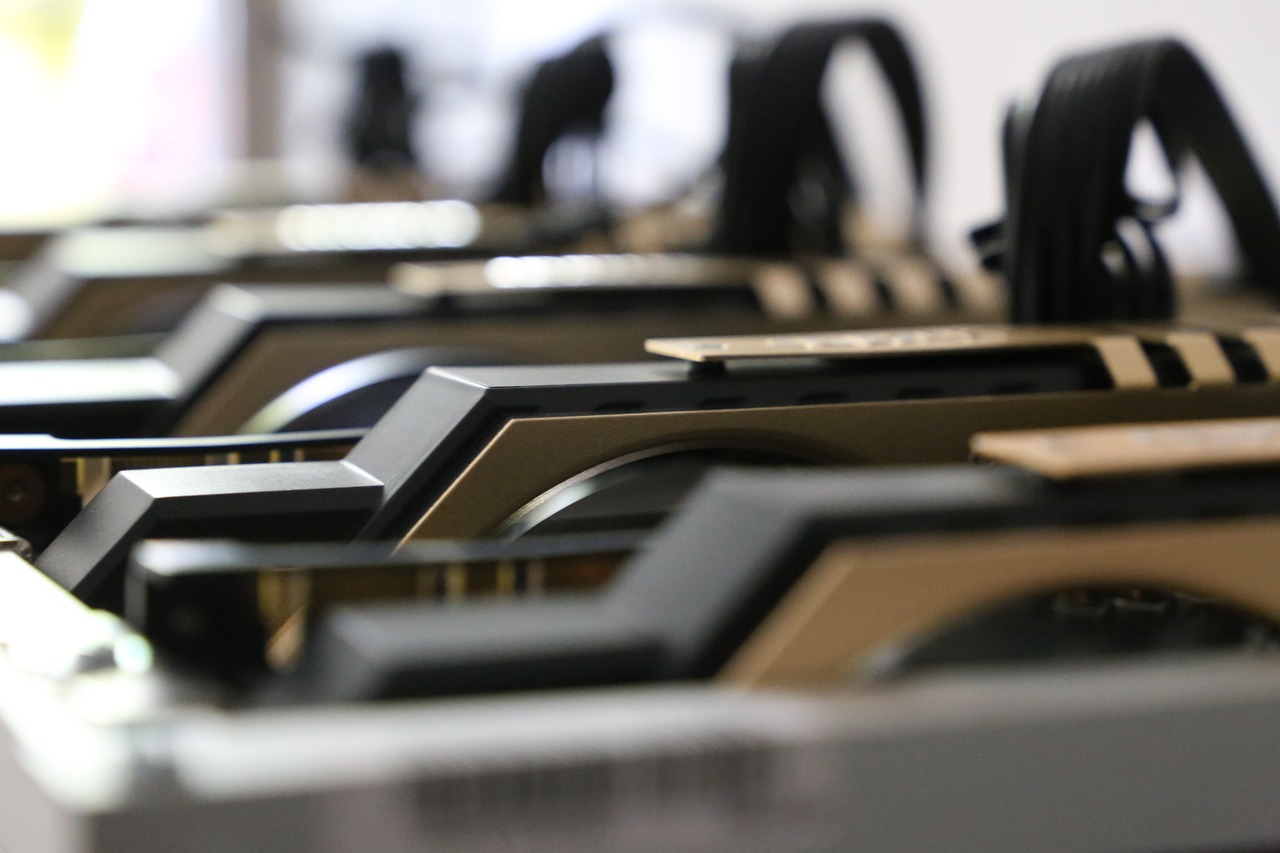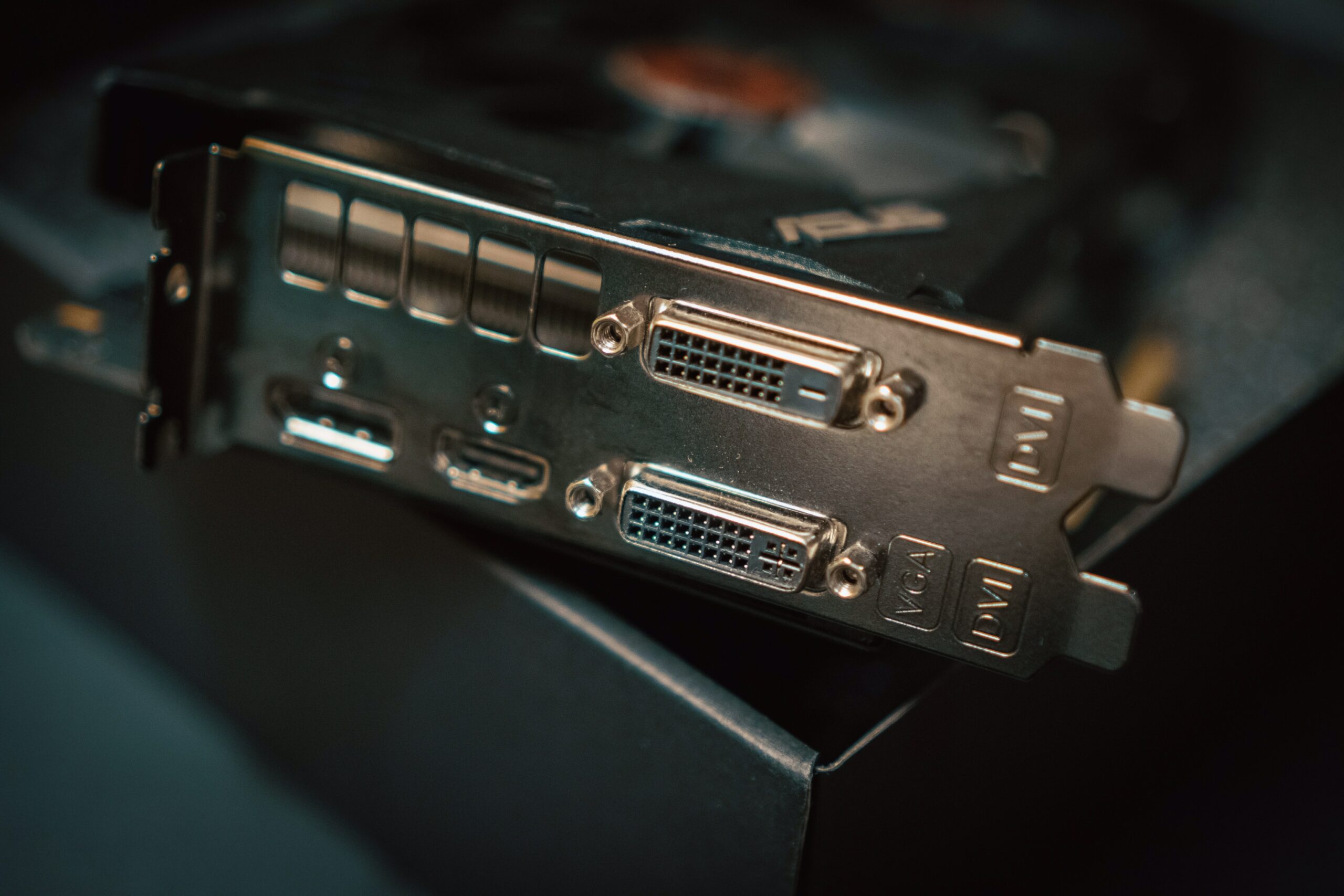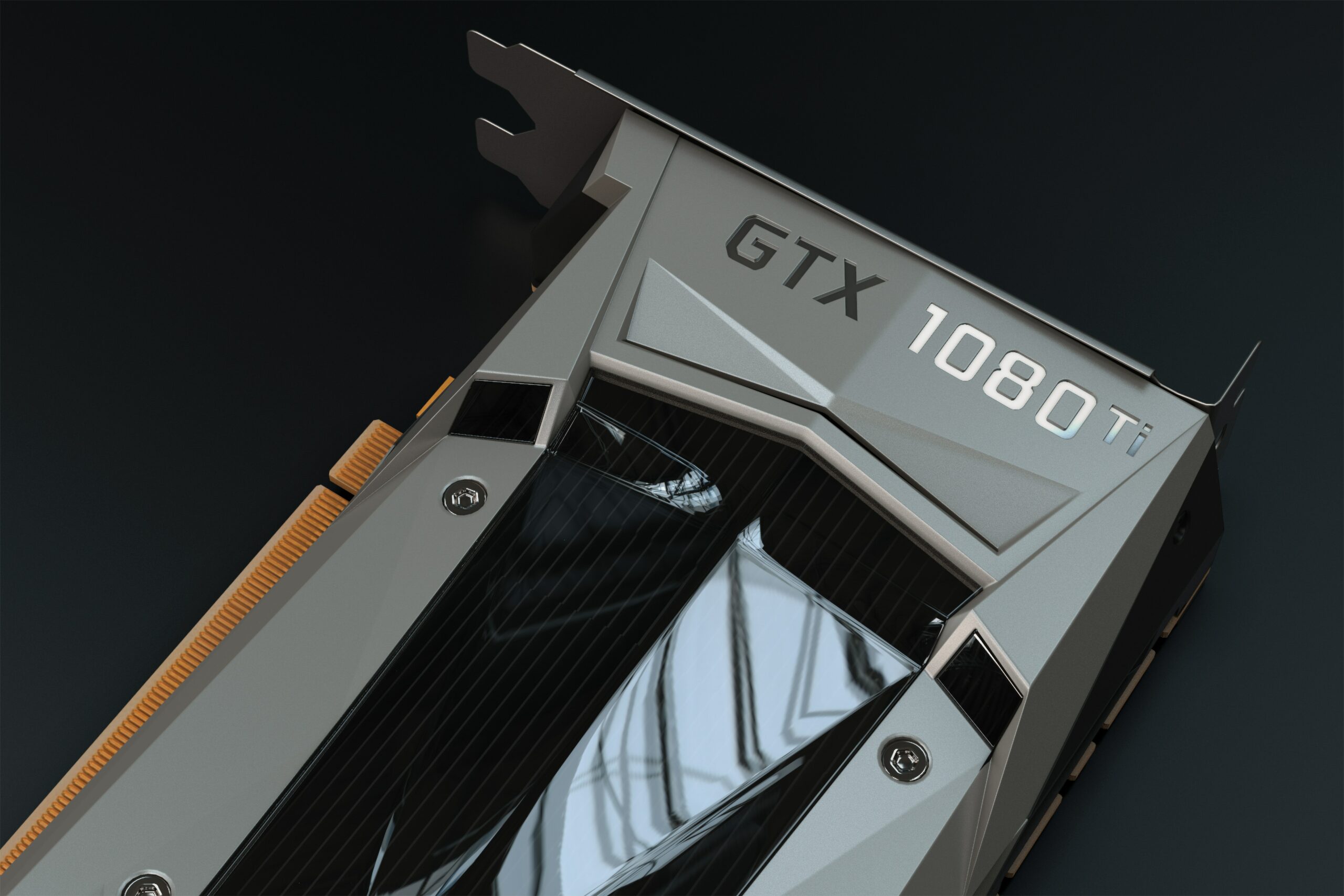Does Ram Speed Affect Fps?
After you have learned about the effect RAM speeds have on FPS, you might be wondering about the amount of RAM that is required to play games. The amount of RAM you have, as measured by gigabytes, may impact the FPS, but how much higher your FPS is will largely depend on how much RAM you have at present. Once you have upgraded or increased your RAM, you will see a boost in the FPS while playing.
FPS does really improve across the board comparing between 16GB and 8GB RAM. Again, upgrading from 4GB to 16GB and running a game using up to 8GB of RAM would make a small, but discernible, difference. If you have 8 GB of RAM and are upgrading to 16 GB, and the game is using 8 GB of it, the difference is not visible to the naked eye. If you have RAM so much higher than your game is going to use, then having extra RAM is not going to make any sense.
With this being said, you need to know that more RAM is not always the answer to higher FPS, or better gaming performance, for that matter. Frankly, having more RAM would certainly help with better FPS or gaming performance, but not as much as graphics cards and CPUs. If 8GB of RAM is considered sufficient to have a decent gaming experience, then you might be wondering whether or not more RAM helps in boosting FPS while gaming. Since RAM stores short-term information, having a higher amount of RAM would aid in producing higher FPS.
RAM does indeed impact FPS, but factors like RAM capacity, whether RAM is Dual-Channel, and RAM speeds will determine the degree to which your RAM affects your FPS. To some degree, RAM does impact FPS, and it can actually increase it, this is truer of laptops that have integrated graphics, or those powered by AMD processors. Game performance does not entirely depend on having fast RAM or high-capacity RAM, but it does have an impact on FPS that you will receive on certain games.
The better the RAM, the higher the FPS, but this is noticeable only if you are able to hit 100+ frames with the CPU/GPU combination. With faster RAM, you will see improvements to your maximum FPS (sometimes those gains can be as big as 20%-30%), but most importantly, because the amount of data that is capable to transfer between your CPU and RAM is greater, the FPS you get will be more consistent. What is important to note here is that depending on your overall setup, you may not necessarily see a large boost in max FPS as soon as you put a faster RAM kit in your machine, but you will benefit in terms of a more consistent FPS and frame times.
At 1080p, the speed of your RAM would have essentially no impact, while at 4K, when combined with a capable GPU, faster memory would have seen big improvements. At lower settings, 4GB of RAM is good enough, and if you have a base specialized graphics card, you will be able to run some of the newer games at a manageable framerate. The thing is, for most of us gamers, we will hardly notice the difference — and 16GB of RAM will provide a far better gaming experience over the long haul.


